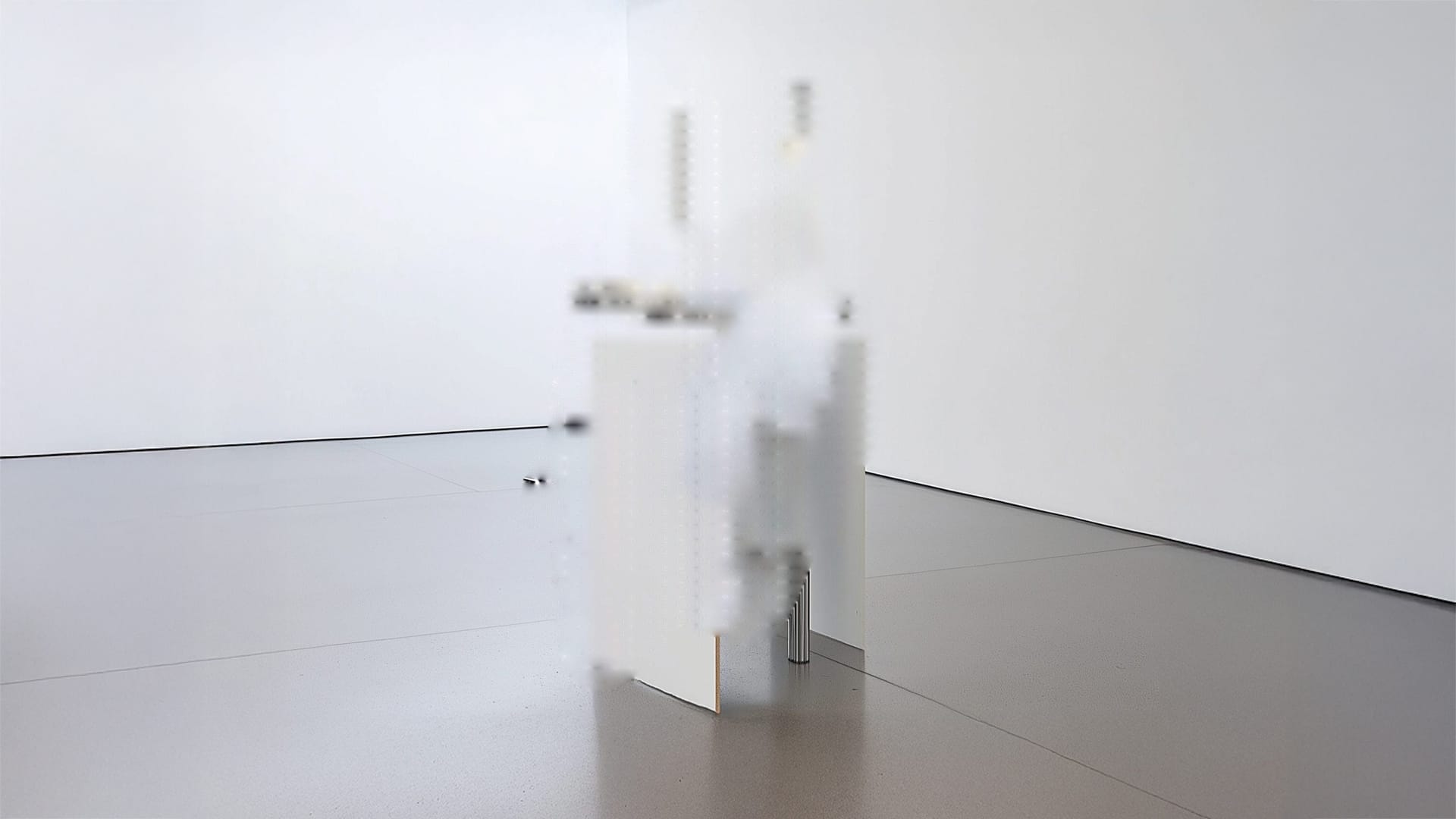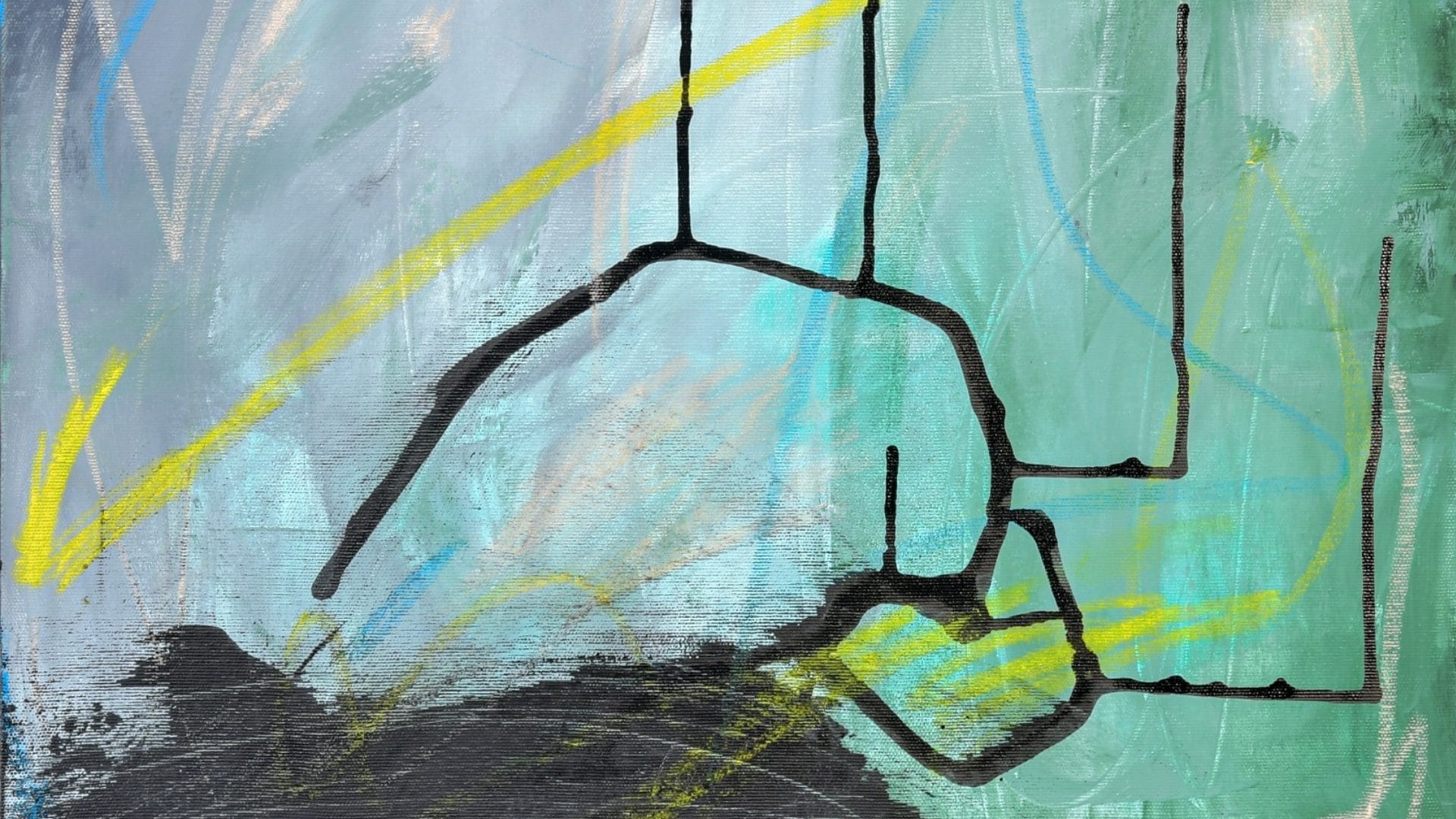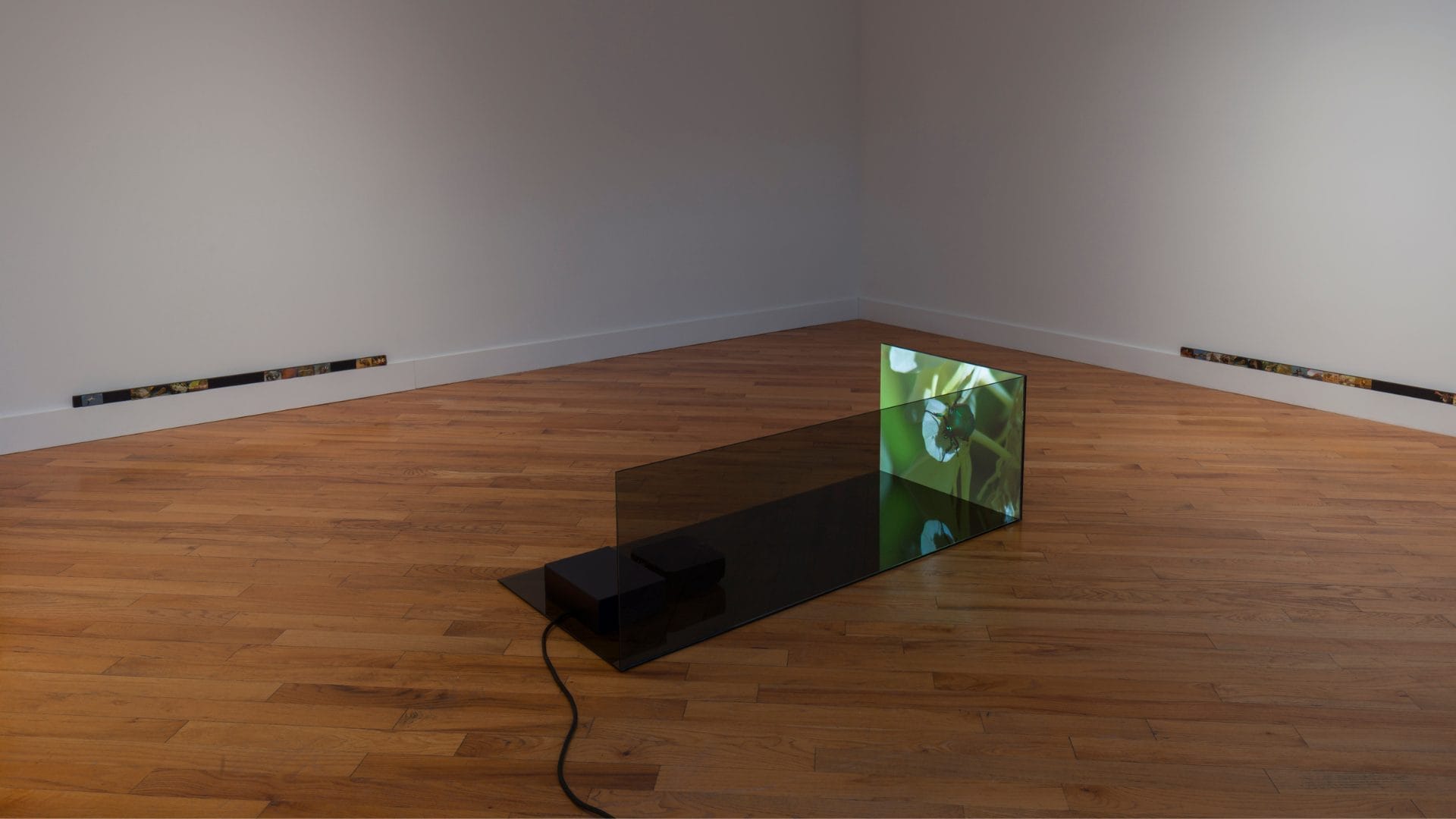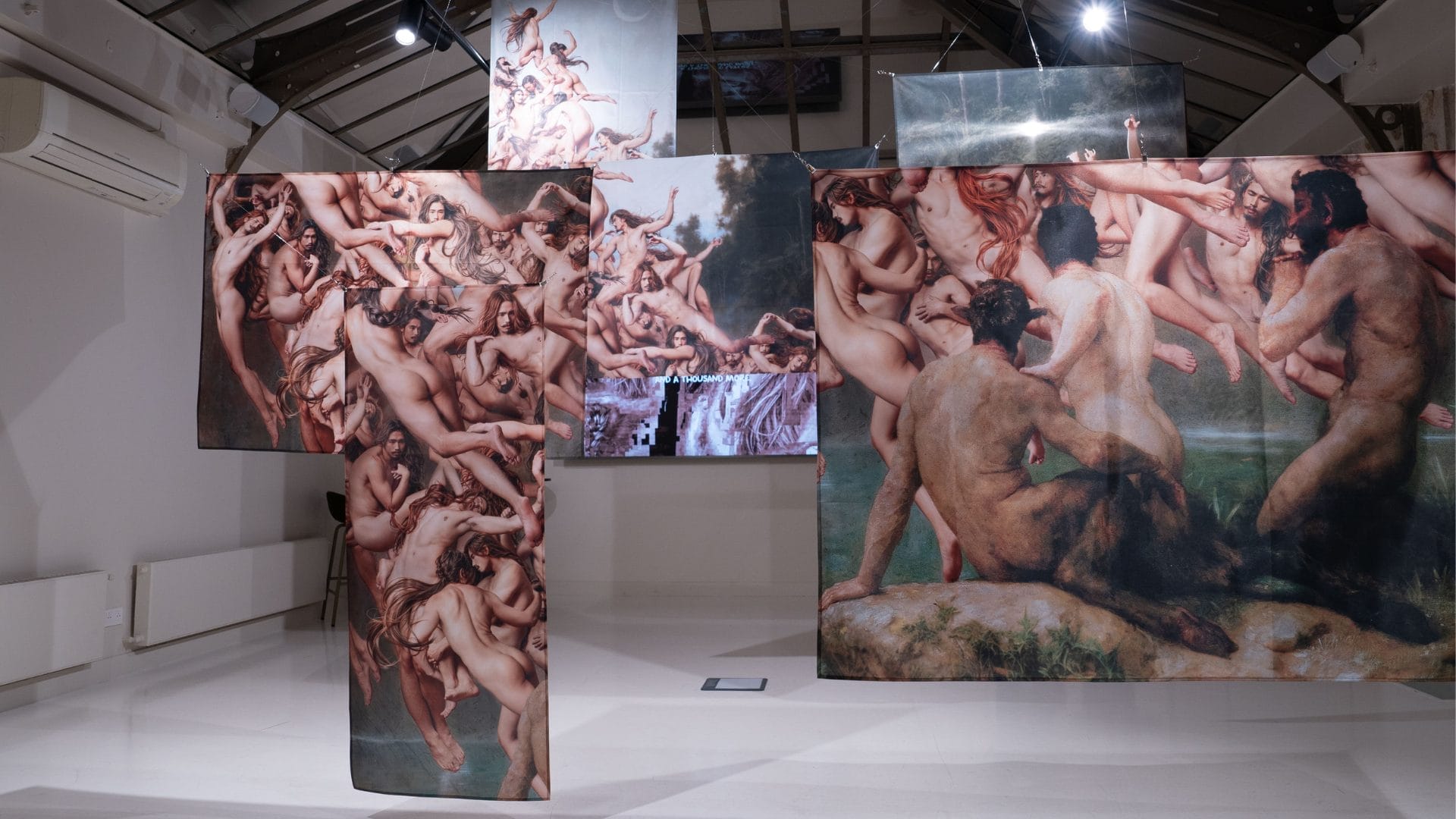
ArtVerse in Conversation with Fakewhale
Sebastien Borget has spent years shaping the digital landscape as co-founder of The Sandbox, one of Web3’s most influential platforms. With ArtVerse, he extends his vision into digital art, establishing a dedicated space in Paris where technology and creativity intersect, shaped by the curatorial direction of Grida.
ArtVerse redefines how digital art is presented and experienced, moving beyond screens and blockchain transactions to create a physical environment for engagement, dialogue, and exchange. Co-founded by Borget and Arthur Madrid, the initiative bridges digital and physical art, providing a space where artists, collectors, and institutions connect in meaningful ways.
While digital art has often existed at the margins of the traditional art world, ArtVerse challenges that positioning through curated exhibitions, interactive installations, and collaborations with key players like Christie’s, Tezos, and SuperRare. Its mission extends beyond visibility, seeking to reshape the conversation around digital art and its role in contemporary culture.
In this interview, we speak with Sebastien Borget and Grida about ArtVerse’s curatorial approach, its role in expanding accessibility, and how the intersection of technology and art is shaping new creative possibilities.
Sebastien Borget on ArtVerse and Digital Art’s Evolution
Sebastien, you’ve built an impressive career at the forefront of Web3 innovation, starting with The Sandbox. What initially drew you to digital platforms, and ultimately, digital art?
What initially drew me to digital platforms—and ultimately digital art—was the desire to empower people as creators. The Sandbox franchise began a decade ago as a mobile game with the goal of making creation accessible. Players could bring their imaginations to life by creating 2D worlds with just a touch. While it was successful, with 40 million downloads and 70 million creations, we struggled to keep our top creators engaged; social recognition alone wasn’t enough.
That led us to explore blockchain technology in 2017. Inspired by Crypto Kitties and its use of NFTs, we saw the potential to combine user-generated content with NFTs, enabling creators to make, own, and monetize their digital assets. This shift solved a major challenge by giving creators both recognition and tangible rewards.
For me, personally, it was through my journey of working with creators that I became intrigued by digital art. In 2024, I accelerated this journey. I’ve been meeting numerous artists in person, discovering their works, listening to their statements, discussing their visions, collecting some of their pieces, and even exhibiting them at Artverse. As the saying goes, “The more you learn, the more you realize how little you know.” This encourages me to keep observing and learning.
I may not be the best storyteller when it comes to explaining why I collect art or why certain pieces matter in our collection and in art history. As a graduate of an engineering school and a self-proclaimed geek, I approach art with a desire to understand its workings and benchmark processes to enhance them.
Being inspired by artists expands my understanding of the worlds and realities around us. Now more than ever, I believe that truly supporting artists involves more than helping them gain visibility, expand their audience, and grow their collector community. It also means buying their work to provide the financial stability they need to pursue their creative passions as a primary occupation, enabling them to continue researching and creating.
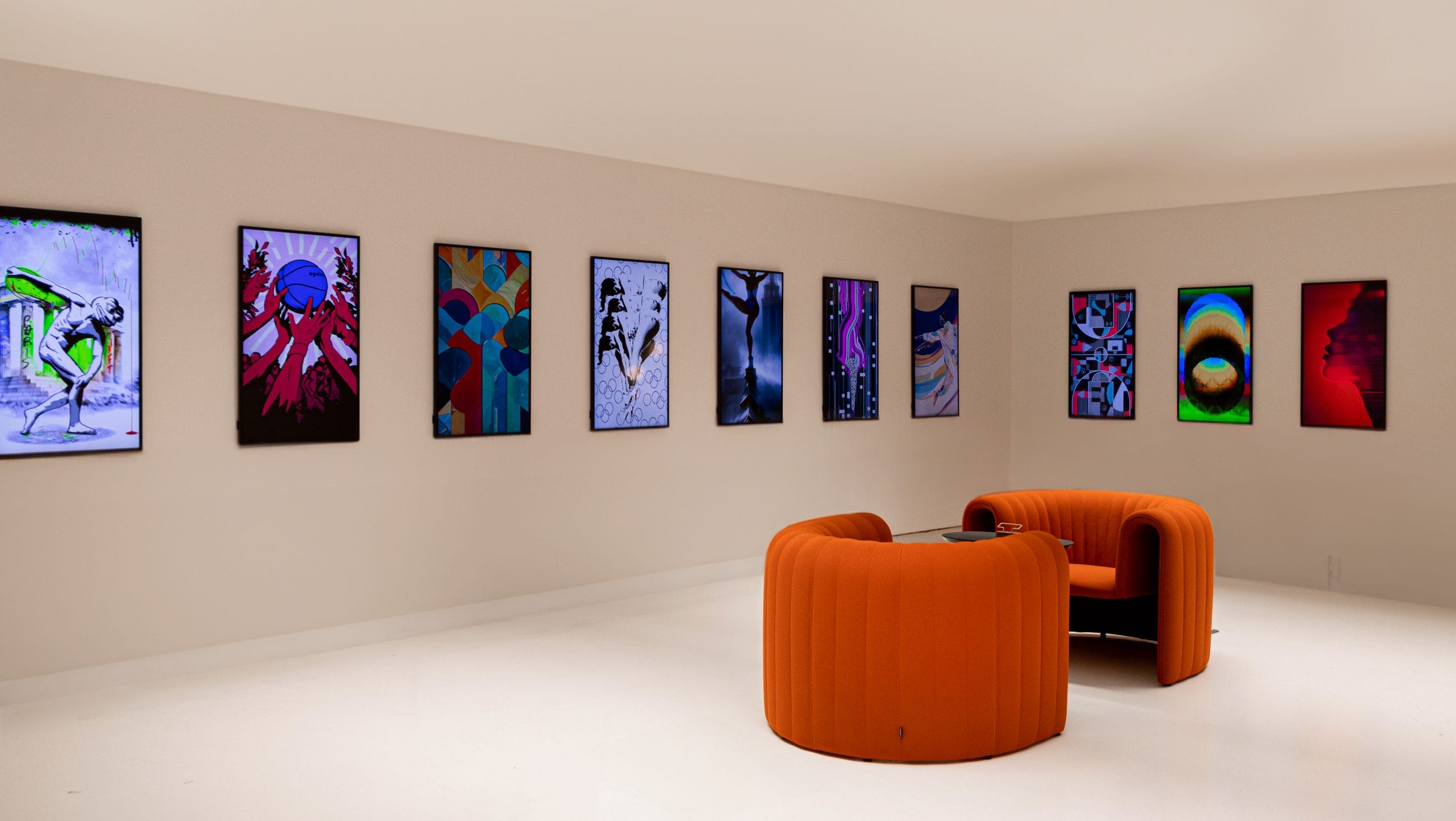
Reflecting on your previous experiences, what key lessons have you taken from earlier projects, and how are you applying them to promote growth and innovation in ArtVerse?
Reflecting on my previous experiences, a key lesson I’ve taken is the importance of fostering exchanges between diverse communities. At The Sandbox, we continually sought to bridge gaps between audiences—gamers, creators, fashion enthusiasts, and others. This approach revealed challenges but also highlighted significant opportunities to break down traditional boundaries between technology and culture. This ethos is at the heart of what we’re striving to achieve with Artverse.
Another pivotal lesson stems from co-founding NFT Factory, a community platform for NFTs based in Paris. We already have a growing community of digital artists and collectors in our lives, but compared to the broader art market, they remain a niche group. Moreover, only a small fraction of traditional art collectors actively engage with or invest in digital art. To address this, I’ve learned that education is critical. Traditional art collectors must be introduced to the unique value and potential of digital art and NFTs. Equally important is providing physical spaces where digital art can be experienced and appreciated in ways familiar to traditional collectors.
My previous entrepreneurial experience has also been invaluable in helping me structure the team more efficiently, ensuring we’re always prepared for new experiments and enabling us to grow at a faster pace.
At Artverse, these lessons are shaping our mission to drive growth and innovation. By creating a space where art, technology, and culture intersect, we aim to accelerate the adoption and appreciation of digital art and NFTs, fostering a new era of creative exchange.
With platforms like The Sandbox and now ArtVerse, you’re advancing the cultural dialogue around digital art. How do you view the role of digital art in shaping contemporary culture, and what gaps do you hope to address with ArtVerse?
For me, digital art has revolutionized the way art is created, consumed, and experienced, playing a multifaceted role in contemporary society.
Take the mediums of art, for instance. Traditional tools like paint and canvas have evolved with the advent of technology such as Photoshop, 3D design softwares, and more, transforming the creative process. Digital tools have expanded the possibilities of artistic expression, allowing creators to explore new possibilities.
How can the way art is experienced be transformed? An example is our current exhibition at Artverse, “Alias: Beyond Creation.” This show focuses on generative art, where artists have trained their creative models using a platform called Alias. Visitors not only view curated works from these artists, but are also invited to directly engage with the artists’ generative AI models, prompting them to create new pieces that explore broader aesthetic realms. This creates a unique form of artistic engagement, allowing visitors to interact with and influence the artistic process.
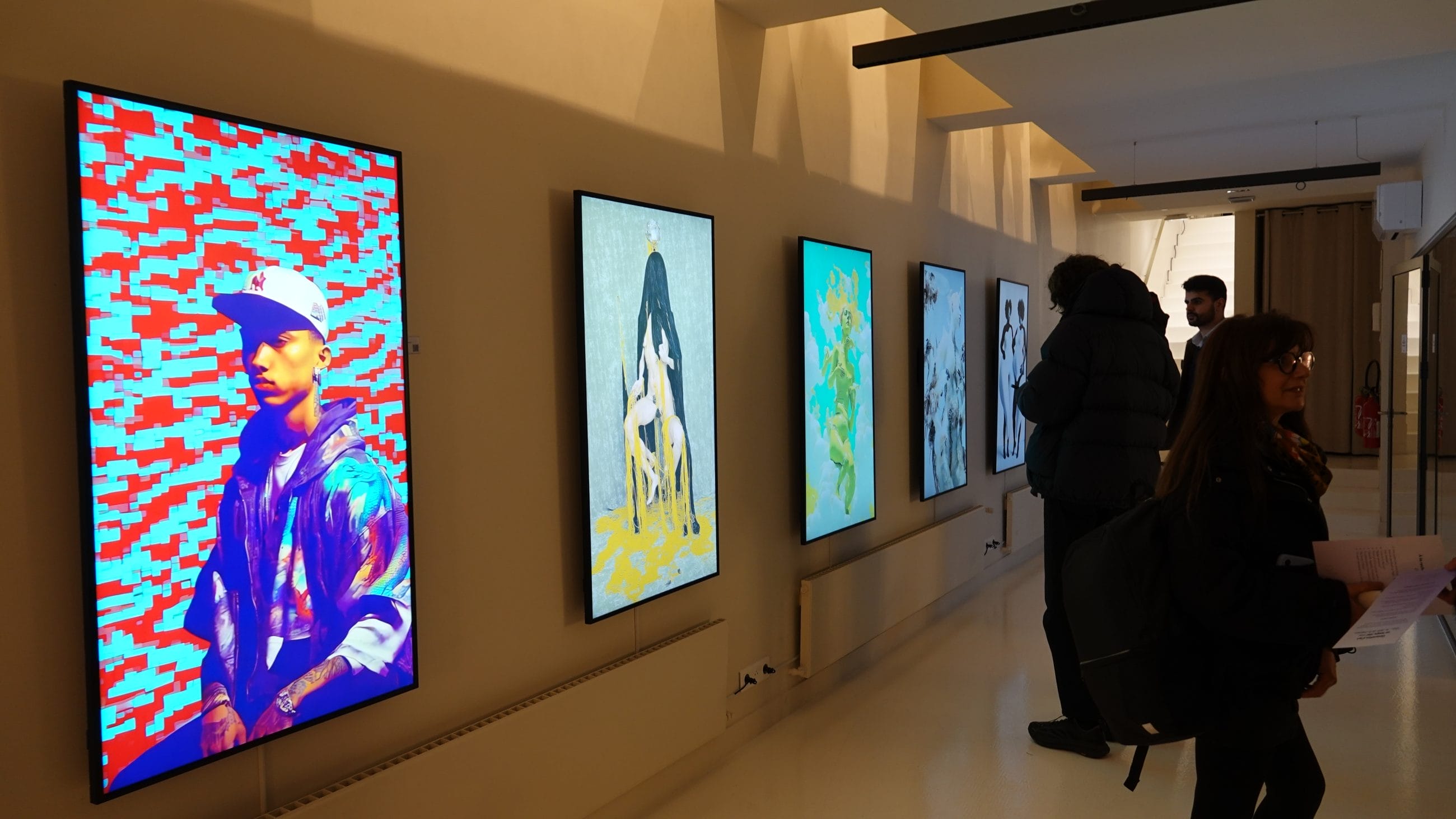
At Artverse, we aim to expand the dialogue around digital art by addressing critical gaps in how it’s perceived and experienced. One key gap is accessibility—both in reaching broader audiences and providing physical spaces where digital art can be appreciated alongside traditional works. Many people might hesitate to read about concepts like generative art, but by directly interacting with the models created by artists, they are naturally drawn into this new realm of creativity. Another significant gap is education as mentioned earlier. ArtVerse is dedicated to bridging this gap through educational initiatives, curated exhibitions, and collaborations with traditional galleries, making digital art more approachable and comprehensible.
What inspired ArtVerse’s creation, and how do you see it bridging gaps in accessibility and engagement for both creators and audiences?
The creation of Artverse is deeply rooted in my personal journey with art and entrepreneurship. As an art collector, I’ve always felt inspired by the artists I meet and wanted to find ways to actively support them; as an investor and advisor to many startups, I’m passionate about helping them grow, and a physical community hub seemed like the perfect way to bring people together.
With Artverse, I’m building on this vision by creating a space where diverse cultural domains and communities can converge—spanning Web3, video games, entrepreneurship, fashion, luxury, and both digital and physical art. Leveraging over 16 years of networks developed alongside my co-founder, Arthur Madrid, and with the expertise of our Director / Curator, Grida, we’re bringing dynamic activations and events to the space, including those celebrating Korean and broader Asian cultures. Located in the vibrant Marais district, known for its artistic energy, Artverse also serves as a platform to support the entrepreneurs I mentor and the startups I’ve invested in, offering them a unique venue to showcase their products, games, and services within an environment that nurtures creativity and innovation.
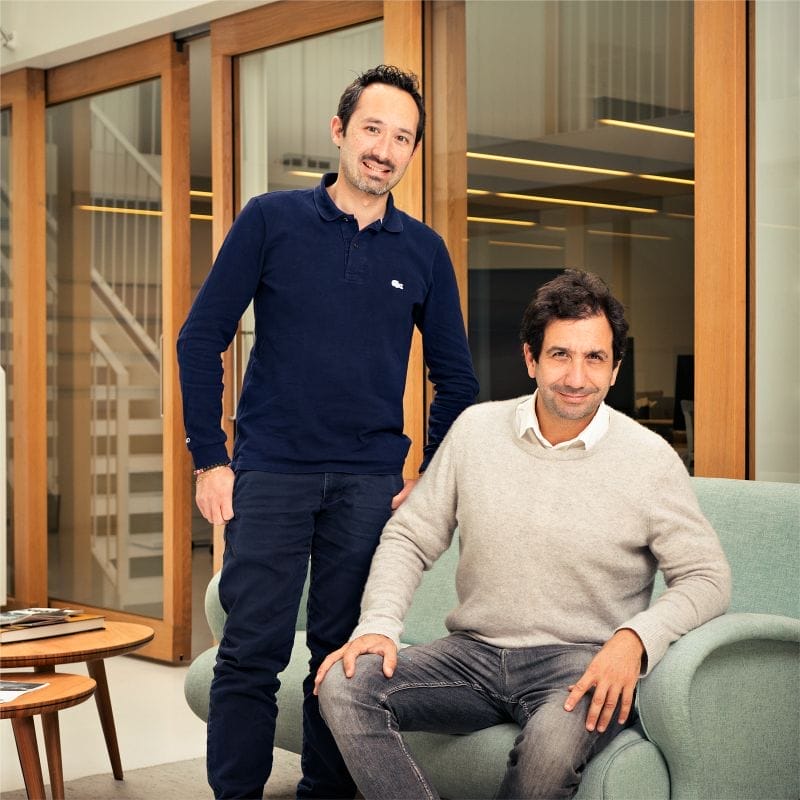
On a personal note, my office has become too small to house my growing art collection, and Artverse has provided the perfect opportunity to share these works with a wider audience. Gradually, I will integrate them alongside the curated selections from Grida on the first floor and in the basement, where we’ll display a rotating collection. This will spark an ongoing dialogue around art that is often less visible in Paris, contributing to a more diverse and inclusive cultural conversation.
While ArtVerse focuses primarily on digital art, its central hub is a physical space in Paris. How important is it for the digital to extend into the physical, and how does this dual presence shape the experience for creators and audiences?
At Artverse, the convergence of physical experiences and digital art is at the heart of what we do. While our focus is on digital art, our physical space in Paris plays a crucial role in shaping the experience for both creators and audiences. The ability to engage with art in person adds a tactile dimension to the digital world, creating a more immersive and dynamic interaction.
Another example I can mention is our upcoming solo show by digital artist AlienQueen, Love and Death. This show is deeply inspired by her personal journey as a Cambodian refugee, born in a Thai refugee camp after the atrocities of the Killing Fields. Beyond the exhibition itself, it also marks the debut of her new apparel and jewelry line, XTAL—a bold lifestyle brand for the unconventional. Designed for eccentrics, skaters, goths, alien enthusiasts, and anyone unafraid to stand out, XTAL showcases original artwork entirely created by AlienQueen, transforming her unique artistic style into wearable pieces. In this way, Artverse bridges the worlds of art and fashion, blending them into a cohesive and dynamic experience.
At Artverse, we believe digital art should not be viewed as separate from traditional art but as a new form of expression that complements and enhances the physical world. Web3 technologies aren’t just speculative; they’re innovative tools that expand our creative possibilities. The integration of the digital and physical realms isn’t about replacing the past but about harmonizing the two, creating a richer, more immersive experience for both artists and audiences. At Artverse, this fusion of physical and digital is key to our mission of reimagining how art is experienced and appreciated.

Grida on Curation and the Role of Technology in ArtVerse
As a director with extensive expertise in digital art, how do you approach curating exhibitions in ArtVerse that strike a balance between artistic innovation and cutting-edge technology?
When curating exhibitions at ArtVerse, the guiding principle is not to intentionally pursue a balance between artistic innovation and cutting-edge technology. Instead, balance emerges naturally from exploring how deeply an artist’s life and message resonate with the experiences of contemporary audiences. As Jean-Luc Nancy once said, “Art reveals a world open to us anew.” Similarly, when a work embodies the authenticity and context of the artist’s time, technology transcends its role as a mere tool and seamlessly becomes a medium to expand and convey the message.
In today’s world, where digital technology has deeply permeated our daily lives, digital art has established itself as an independent genre born from the convergence of technology and creativity. Far from being a fleeting trend, it demonstrates its potential as a sustainable form of artistic expression. The authenticity of art is further reinforced through technical mastery, enabling works to engage more deeply with their audience. As Martin Heidegger observed, “Technology is a way of revealing the world.” Advanced technologies like blockchain, AI, VR, and AR serve as tools to enrich the artistic experience, offering audiences immersive and meaningful encounters with art.
Ultimately, ArtVerse’s approach centers on the intrinsic value of the artist and their work. This focus ensures that artistic messages take precedence, with technology complementing and enhancing the depth of the exhibition. By fostering this interplay between art and technology, ArtVerse opens new aesthetic possibilities, affirming that digital art is not merely a product of technology but a profound avenue of artistic exploration.
ArtVerse is envisioned as a “culture house” with a strong focus on community. How do you see the role of community in shaping not only the exhibitions but also the broader vision and direction of ArtVerse?
ArtVerse connects the digital and physical worlds under the slogan “URL to IRL,” putting the community at the center of this transition. Blockchain and Web3 technologies are not just tools; they create a strong foundation for supporting and growing digital art through the power of community. ArtVerse’s community-focused approach ensures that art is no longer just a personal creation but grows into a shared experience through collaboration and participation.
Digital and crypto art have always grown with the support and interaction of communities. This allows audiences to move beyond simply viewing art to actively taking part as creators, planners, or contributors to exhibitions. Web3 technology helps organize and energize these communities, making them key players in shaping not only ArtVerse’s exhibitions but also its larger vision and direction. In this way, communities evolve from being just supporters to co-creators, defining new forms of art.
Through exhibitions, discussions, and educational programs, ArtVerse provides a platform where community members can actively engage. This makes ArtVerse more than just a gallery—it becomes a “culture house” where new ideas and innovations are born.
In the end, ArtVerse plays a key role in helping art evolve into more collaborative and interactive activities through the integration of technology and community. This approach expands art from being a personal expression to a shared story, and ArtVerse turns this evolution into a sustainable vision for the future.
What are the future projects or initiatives on the horizon for ArtVerse?
In 2025, ArtVerse plans to focus on connecting the traditional art market with the digital art ecosystem. To achieve this, it will support leading platforms and partners in showcasing their works in physical spaces. In February, ArtVerse will host events with key partners such as Christie’s, Tezos, and SuperRare. Additionally, solo exhibitions will feature prominent digital artists like ALIENQUEEN, Emi Kusano, Zancan, Jeff Davis, Primavera, and Marco, bringing their creative worlds to a wider audience.
ArtVerse will also collaborate with renowned digital art curators like Kate Vass, Eleonora Brizi, and Micol through space partnerships, exploring diverse curatorial approaches. These collaborations aim to enrich the narrative of digital art and offer new perspectives to more viewers.
ArtVerse remains committed to bridging digital and physical art and will continue to organize exhibitions that present a sustainable and harmonious future through the power of art.
fakewhale
Founded in 2021, Fakewhale advocates the digital art market's evolution. Viewing NFT technology as a container for art, and leveraging the expansive scope of digital culture, Fakewhale strives to shape a new ecosystem in which art and technology become the starting point, rather than the final destination.
You may also like
The Saturation of Vision: Apathy in the Age of Scrolling
It’s no longer a matter of visibility. The images are already here. Everywhere. At every moment.We
Navigating Art Collecting in a Bear Market: Strategies for Success
In times of economic uncertainty, art collectors face unique challenges and opportunities. A bear ma
Adriana Ramić, [Beetle] at David Peter Francis, New York
[Beetle] by Adriana Ramić, at David Peter Francis, New York, NY, USA, 26/02/2025 – 22/03/2025

